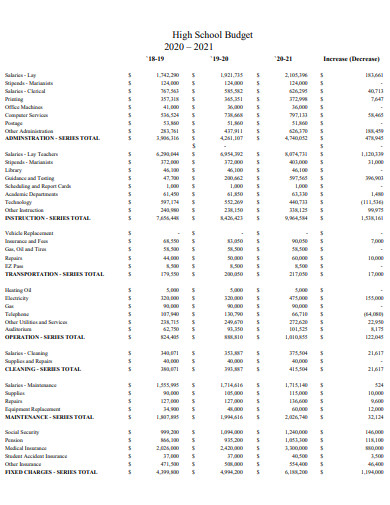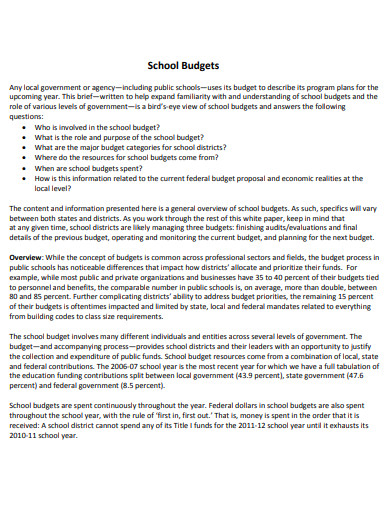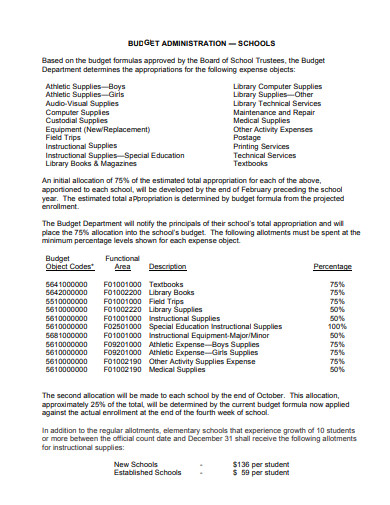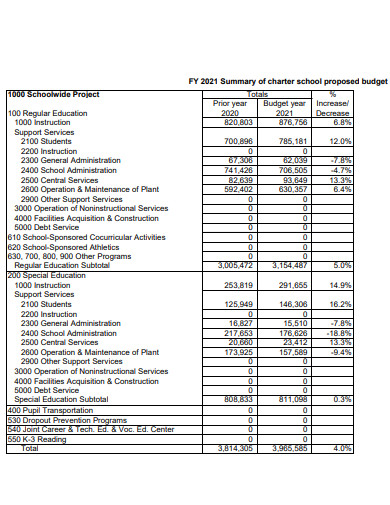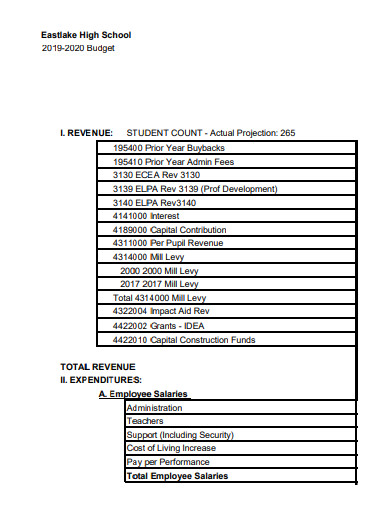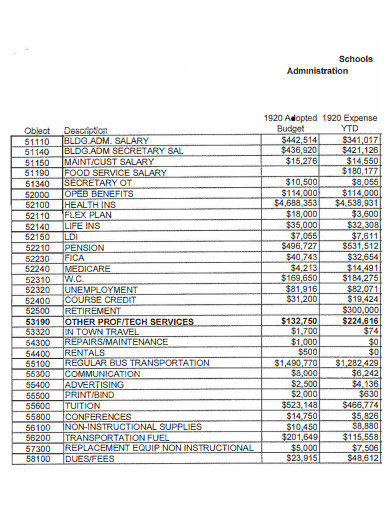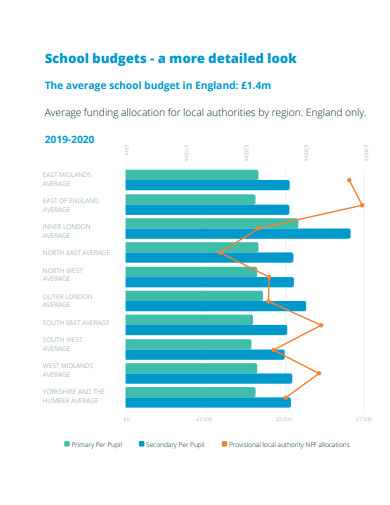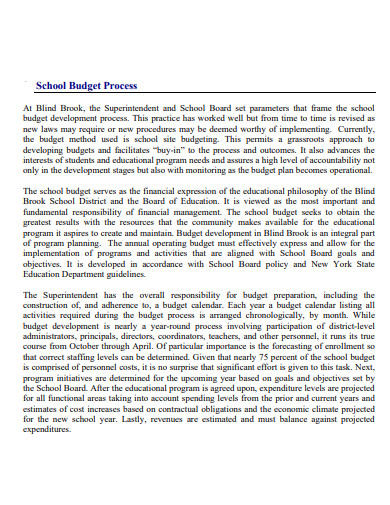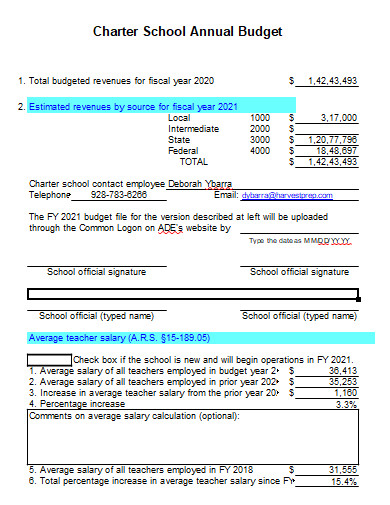Any school must have an adequate school budget allocation to attain its educational development, whether it’s a primary school, middle school, or secondary school. Proper budgeting will allow a school project, activity planning, and another activity proposal to happen. It also helps expand the superintendents, board of education, and other administrative teams to better understand the school budget and its proper funding for the planned school activities.
10+ Secondary School Budget Samples
1. Secondary School Budget

2. Sample Secondary School Budget
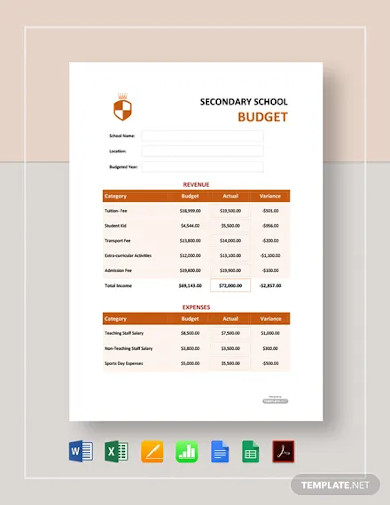
3. Simple Secondary School Budget
4. High School Budget
5. Secondary School Admin Budget
6. Secondary School Budget Example
7. Basic Secondary School Budget
8. Secondary School Sports Budget
9. Secondary School Education Budget
10. Professional Secondary Education Budget
11. Printable Secondary Education Budget
What Is a Secondary School Budget?
A secondary school budget plan is a valuable document used to plan the projection of expenditures for the educational strategic plan and educational development. It’s the estimate of resources needed to carry out an educational program and, at the same time, avoid financial risk. Typically, it is incurred in a specific period referred to as a fiscal year. Schools have a different budget allocation from other agencies, so having a particular budget for a grade level is crucial.
How To Make a Secondary School Budget?
Crafting a secondary school budget can be the most labor-intensive project a district’s office undertakes yearly. Unsurprisingly, it is the most critical annual project for a school business office to make. It’s not only for financial planning, but it is also a tangible deliverable for the district’s educational commitments to the community. Nevertheless, the process of creating a reasonable budget is not that complicated. Although different regulations affect certain aspects of the budget, the general steps remained universal.
1. Apprehend the Previous Year’s School Budget
Take note that the budget you are constructing is a sequel to last year’s budget, including all tentative budget appropriations that expire at a year’s end. An analysis of lapsed allocations is a great place to get some good leads for developing the forthcoming budget. The list of notes will ensure that you will determine to address them during the budget process for the coming year.
2. Make Inferences
It would help if you made assumptions before creating your school budget. School budgets are mostly comprised of employees’ salaries and benefits. Any factor affecting staffing will be a heightened concern during budget development. One factor that impacts staffing is enrollment, so start making educated guesses regarding enrollment trends. In some cases, enrollment trends at the secondary level may mean an increase or decrease in-class sections. These assumptions will help project enrollment and serves as a guide for conversations with the administrative team on staffing and programming in the following steps.
3. Specify Priorities with the Administrative Team
In this step, the budget development process becomes a team effort. Hence, the budget must match the district’s instructional objectives.
Budget priorities can include reducing class size, adding social and emotional learning to the curriculum, or expanding secondary school. So, the business office must request the administrative team to define their priorities and agree to keep expenditure discussions to the agreed-upon list of priorities.
4. Finalize and Disseminate
Now that expenditure plans correspond to their revenues, you can finalize and share the resulting plan in executive outline form with the budget. Make sure to hand them to the administrative team, board, staff, and community. This last step ensures everyone accepts what the district aims to accomplish for the coming year and what goals need to be postponed.
What Is a Budget For School?
A school budget provides the school districts and their immediate leaders with an opportunity to explain the collection and expenditure of their public funds.
Why Is a Secondary School Budget Important?
A secondary school budget is essential because it serves as a bird’s eye view of the school regarding the expenditures and revenues for the fiscal year.
What Are The Other Elements Should I Include In a School Budget/
Make sure to include the name of the program or planned activities, its purpose, the designated funds needed for it, and other necessary details.
In any circumstance, a school budget is a valuable tool for a complete and smooth allocation of funds. It also entails possible budgetary issues that may arise in the future. Secondary schools must comply with this document to secure their educational goals for the upcoming fiscal year.
Related Posts
FREE 10+ Sample School Sign Out Sheet Templates in MS Word ...
FREE 9+ Salutatorian Speech Samples in PDF
FREE 8+ Sample Teacher Resume Templates in PDF MS Word
FREE 8+ Unit Plan Templates in Samples in PDF
FREE 10+ School Transfer Form Samples & Templates in MS Word ...
FREE 10+ Sample High School Lesson Plan Templates in PDF MS ...
FREE 7+ Sample Scholarship Applications in MS Word PDF
FREE 14+ Sample School Medical Forms in PDF MS Word
FREE 10+ School Disciplinary Action Form Samples & Templates in ...
FREE 7+ Sample Reference Letter for Schools in PDF MS Word
FREE 14+ Teacher Cover Letter Examples in PDF MS Word ...
FREE 18+ Special Education Lesson Plan Samples & Templates in ...
FREE 11+ Valedictorian Speech in PDF
FREE 42 Teacher Resume Templates in PDF MS Word
FREE 10+ Academic Lesson Plan Samples & Templates in MS ...

